It seems like only yesterday we were blogging about ways to stay cool in the searing summer heat.
And while we are expecting some big temperature swings to continue through the late fall, frosts and freezes are becoming more and more common.
What You Need To Know
- Hard freezes occur when temperatures stay in the 20s for prolonged periods of time
- Wrapping pipes and installing insulation are cost-effective ways to keep heat in
- Caulking windows and weather stripping doors can significantly reduce energy costs
- Scheduling yearly maintenance on your heaters and heating systems can help keep them working longer
With the first real hard freeze most likely to be sooner than later, now is a great time to take a few precautions - a few steps to protect your home, winterize it, and perhaps most importantly, save some money.
First a quick bit of meteorology 101. While we've seen many nights so far this year where the temperatures "flirt with freezing", we have yet to see a prolonged hard freeze.
When temperatures get cold enough and stay that way long enough to destroy plants and vegetation and turn standing water into hard ice, you've got a hard freeze. Typically, the threshold is about 27 degrees for at least a day or two.
Let's start with a few easy (and cheap!) ways to winterize:
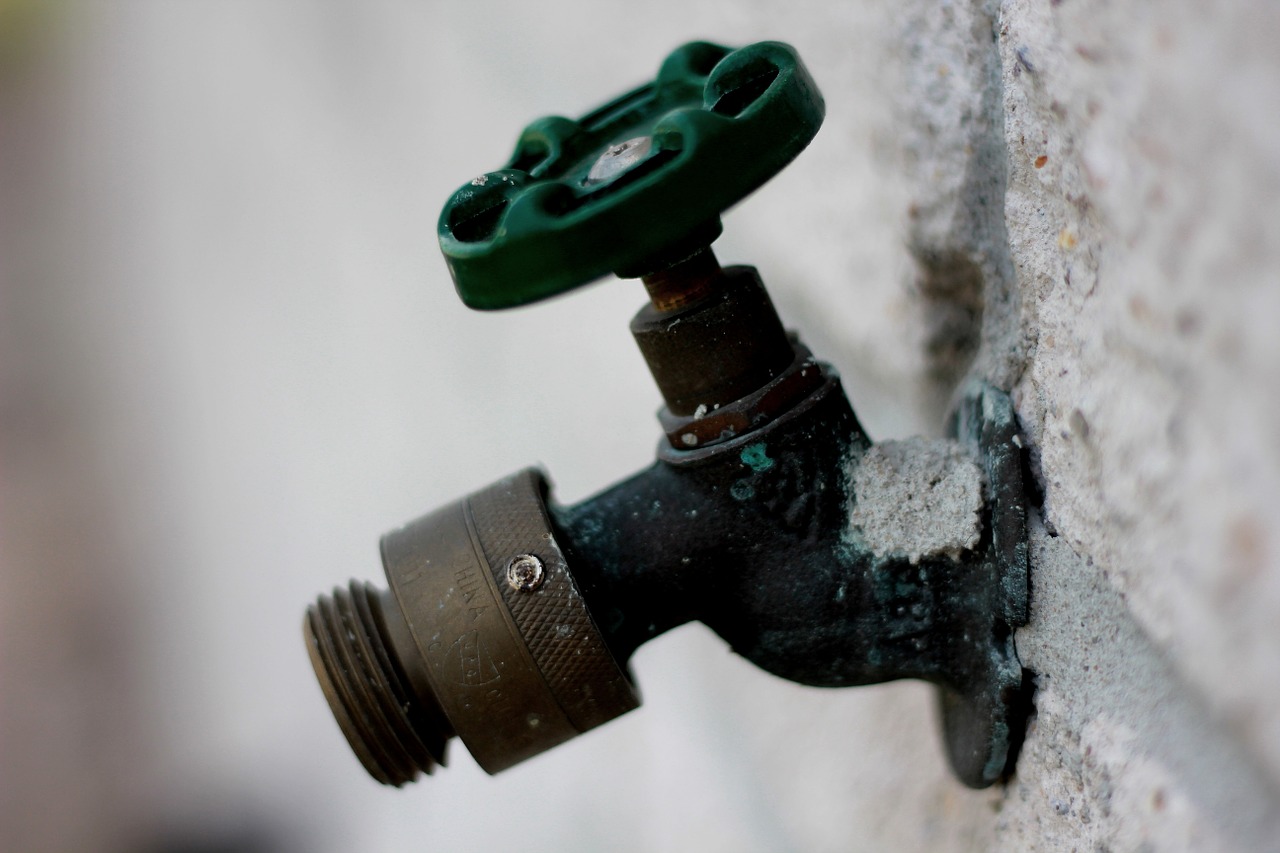
Our outside spigots certainly get a lot of use in the spring, summer and fall. But in the winter, it's important to locate your outside water pipes and lines, and manually shut off the valve leading to them.
If you cannot locate the valves, a simple solution is a foam faucet cover. Available at almost all hardware and big box stores, covering your faucets with a foam protector like the one pictured below is an easy and economical way to help prevent your outdoor pipes from freezing.
They fit on with an elastic cord and can be easily removed in the spring once the weather gets warmer.
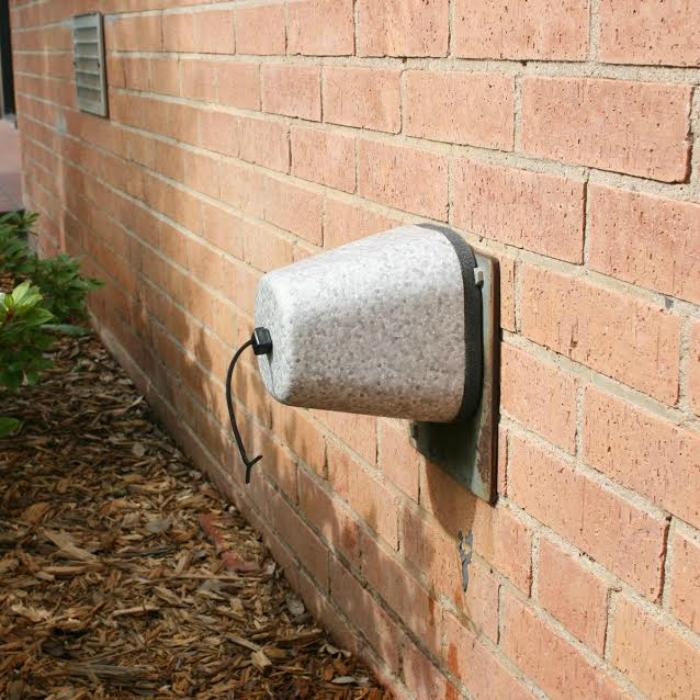
Inside your home, pipes can easily be protected by running even just a trickle of water when temperatures really drop. Don't forget to keep the thermostat at least at 60 degrees when you're away as well, to keep heat near and around all indoor piping.
Do you live in an older home? Chances are, leaks and cracks around doors and windows are causing you to lose heat (not to mention cool air in the summer).
While the best course of action in the long term would be to replace these, there are cheap and effective short-term fixes. Installing weather stripping is a simple way to help heat stay in the house.
Foam, "v-strips" or foam tape can be found cheaply at the store or online. Once you choose what kind of material you'll use, be sure to remove any old tattered stripping.
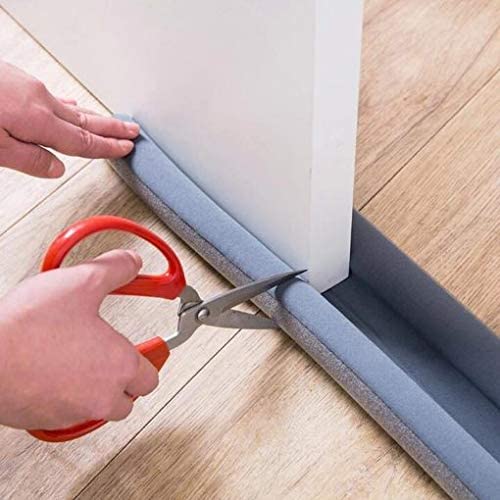
Installing is as easy as cutting your material to size and fastening it to the door. Many products are self-adhesive, which makes things even easier.
Caulking is another easy and cheap way to seal in cracks in and around windows. Rubber or silicone caulking should specifically be used, as it's made to be applied when temperatures outside get as cold as -20 degrees.
Find some clear or colored (it's up to you) caulk and prepare the surfaces around drafty windows by cleaning them with a damp cloth. Once those areas dry, use your cartridge (or the much easier squeeze tube) to apply a continuous layer around the base and outside of the window frame.
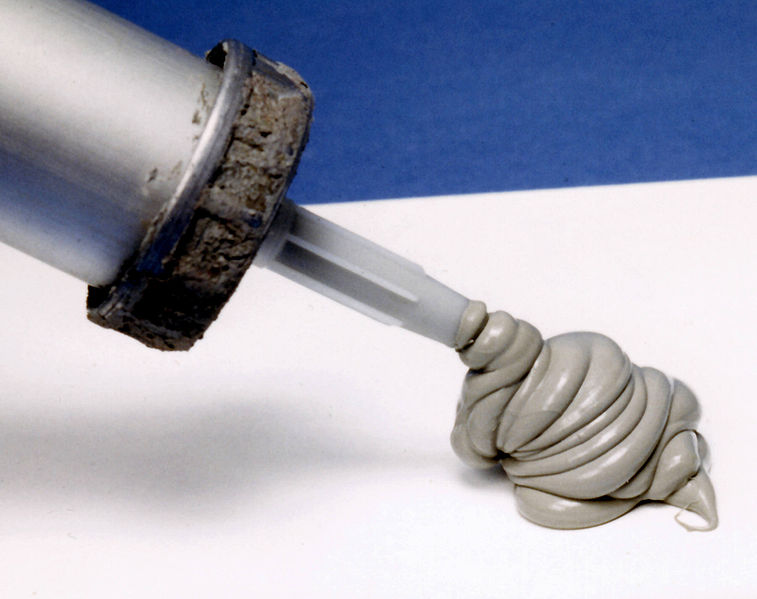
Allow it to dry and watch your house retain heat. Also, watch your energy costs go down!
If you have a little more cash on hand, replacing old or installing new fiberglass insulation can make a huge difference in your home this winter.
At about $25 a roll, packing insulation along basement walls, doors, window air conditioning units, and attic floors can help retain heat and give you major savings.
Already insulated? Adding a second layer, especially in the attic and basement, can add protection when the temperatures drop. If you have extra on hand, exposed pipes in the basement can easily be wrapped.
This will help them not lose heat before they do their job of heating up the rest of your house! One important thing to remember when handling insulation: Always wear gloves!
Here's a simple trick to keep heat in your home this winter, all while adding a bit of style too. Swipe out the sheer curtains for heavier, blackout or heat-retaining ones.
Sometimes labeled as "thermal curtains", these heavier fabrics have an added bonus of blocking out harmful UV rays, while also reducing up to 40% of heat lost through drafty windows.
Another benefit? Blackout curtains can keep 95% of the light out of the room, so placing these in the bedroom not only keeps the heat in, but can also help you sleep better.
It may seem simple enough, but having your furnace, heater, or boiler checked out now before the cold starts is a sure-fire way to significantly reduce major issues that may occur when temperatures drop below freezing or more.
Many multi-point system maintenance checks are affordable, with many local contractors charging $100 or less. Of course, if they find major repairable issues during that check-up it's always advisable to either repair, replace, or at the very least get a second opinion.
Ignoring a heating issue is not only going to cost you more money in the long run, but if it leaks, especially when gas is involved, it can be dangerous.
Once you do get a clean bill of health, always make sure you have a fresh filter for your HVAC system. While changing it out every 90 days is recommended, if you run your system more than usual, every 30-60 days will ensure clean air, good airflow, and help improve the cleanliness and life of your system.
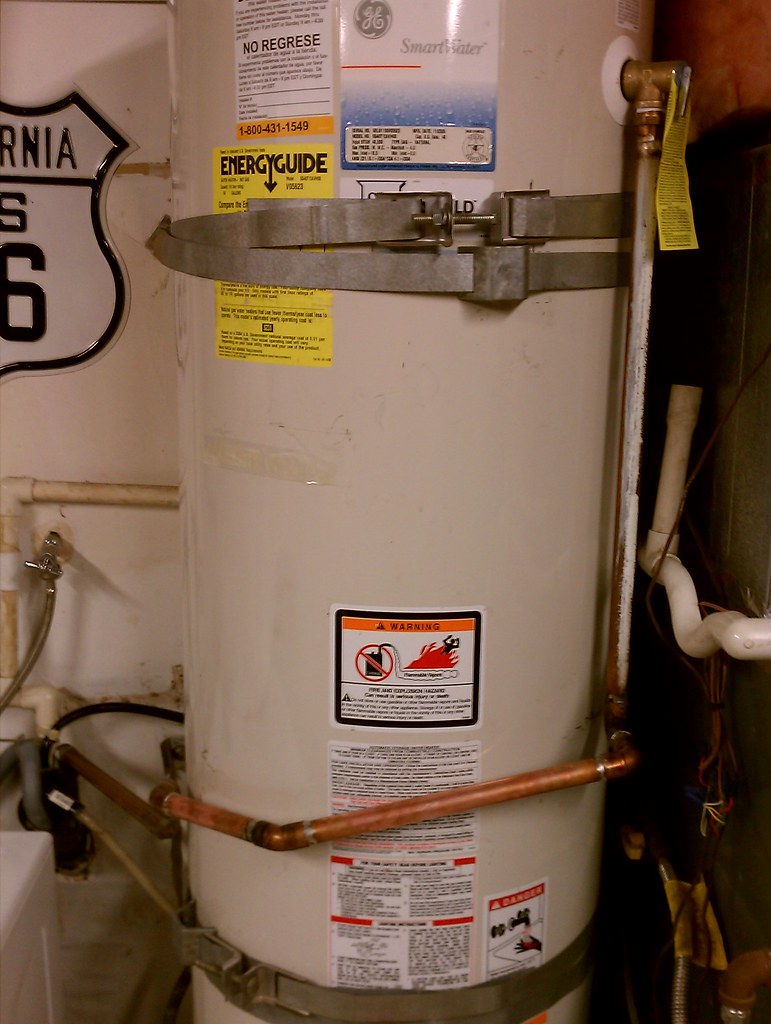
Speaking of maintenance, now is a good time to flush your hot water heater or have a plumber swing by to do it. Getting it flushed cleans out the sediment and resets it to work as efficiently as possible.
Check the temperature and make sure it's not set too high either. Having hot water is important, but being scorched is dangerous.
I keep mine on the second-lowest setting, which is plenty hot and keeps it from working overtime. It's a perfect way to winterize the plumbing and water in your house for the winter.
Finally, the weather is still mild enough to finish off some easy tasks that will help keep your house in tip-top shape for the winter weather.
Take some time now to clean out the gutters to keep a path for water to flow and exit the sides of your home. Leaves and debris in the winter can cause icicles, ice dams, and lead to expensive repairs down the road.
If you don't already have a programmable thermostat, you might want to look into investing in one.
Tip: Contact your energy company or take a look at their website. Many offer discounts on name-brand thermostats!
A few repairs, replacements, and preventative measures can really go a long way when prepping your home for winter.



